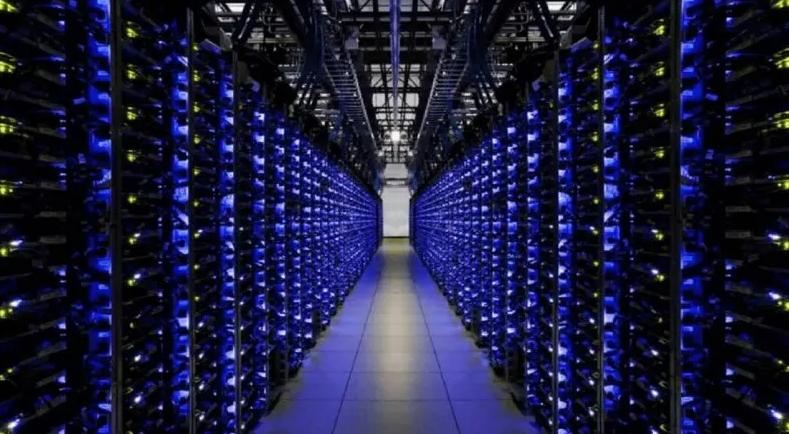The year is 2025. The digital landscape has undergone a seismic shift. Cryptocurrencies, once relegated to the fringes of finance, are now firmly entrenched in the mainstream. Bitcoin, Ethereum, and a host of altcoins dominate transactions, investments, and even daily commerce. But what does this brave new world mean for the unsung heroes powering this revolution: the miners and their intricate hardware?
Forecasting mining hardware costs and ROI in 2025 requires a delicate balancing act of technological prognostication, market analysis, and a healthy dose of speculative foresight. Moore’s Law, while arguably slowing, still dictates the relentless march of computing power. We can anticipate significant advancements in ASIC (Application-Specific Integrated Circuit) technology, leading to more energy-efficient and powerful mining rigs. These advancements will inevitably impact the cost of entry and the profitability of existing hardware.
But the price of silicon is just one piece of the puzzle. Global supply chains, geopolitical tensions, and environmental regulations will exert considerable influence on the final cost of mining hardware. Tariffs, material shortages, and carbon taxes could all conspire to inflate prices, potentially squeezing smaller miners out of the market.
The difficulty of mining Bitcoin, measured by hash rate, continues to climb. This necessitates more powerful, and thus more expensive, mining rigs to maintain profitability. Competition amongst miners, coupled with the limited supply of Bitcoin, will further drive up the capital expenditure required to stay in the game. The impact of ASIC resistance in coins like Ethereum Classic will also be significant, influencing hardware choices and profitability calculations. The rise of quantum computing, while still in its nascent stages, presents a long-term threat to the security of proof-of-work cryptocurrencies like Bitcoin. This uncertainty might dampen investment in specialized mining hardware.

The return on investment (ROI) for mining hardware is a complex equation with several variables. The price of the cryptocurrency being mined is paramount. A sudden surge in Bitcoin’s value, for instance, can drastically increase the profitability of even older mining rigs. Conversely, a prolonged bear market can render them obsolete almost overnight. Fluctuations in energy costs also play a critical role. Miners in regions with cheap electricity enjoy a significant competitive advantage over those in areas with high energy prices. Innovations in renewable energy solutions, such as solar and wind power, could potentially level the playing field, making mining more sustainable and accessible.
The hosting of mining machines has emerged as a crucial aspect of the mining ecosystem. Companies specializing in hosting provide infrastructure, security, and maintenance services, allowing miners to focus on optimizing their operations. The cost of hosting varies depending on location, power rates, and additional services offered. As the mining landscape becomes more competitive, specialized hosting providers will likely play an increasingly vital role, driving down the operational costs for individual miners and larger mining farms alike.
Beyond Bitcoin and Ethereum, a plethora of altcoins offer alternative mining opportunities. Coins with lower difficulty levels and niche applications can provide attractive ROI for miners willing to explore less-traveled paths. However, these altcoins often come with higher risks, including lower liquidity and the potential for rapid price fluctuations. The emergence of new consensus mechanisms, such as Proof-of-Stake (PoS) and Delegated Proof-of-Stake (DPoS), continues to reshape the mining landscape. While these mechanisms don’t rely on energy-intensive hardware, they still require significant capital investment in the form of staked tokens.
The environmental impact of cryptocurrency mining remains a significant concern. The energy consumption of Bitcoin mining, in particular, has drawn criticism from environmental groups and regulators. As awareness of these issues grows, pressure will mount on miners to adopt more sustainable practices. This could include transitioning to renewable energy sources, implementing more efficient cooling systems, and optimizing hardware performance. The future of mining may well depend on its ability to demonstrate its commitment to environmental responsibility.
In 2025, the mining hardware market will be characterized by intense competition, rapid technological advancements, and increasing regulatory scrutiny. The ROI for mining will depend on a complex interplay of factors, including cryptocurrency prices, energy costs, hardware efficiency, and environmental considerations. The miners who thrive will be those who can adapt to these challenges, embrace innovation, and operate with a long-term vision. Mining machine hosting will become more sophisticated, offering specialized services and optimizing operational efficiency.

Navigating the cryptocurrency markets will necessitate utilizing exchanges, both centralized and decentralized. Understanding the intricacies of trading platforms, security protocols, and fee structures will be paramount for miners seeking to convert their earnings into fiat currency or other cryptocurrencies. As the regulatory landscape evolves, exchanges will need to adapt to comply with evolving KYC (Know Your Customer) and AML (Anti-Money Laundering) regulations. Furthermore, innovations in decentralized finance (DeFi) may offer new avenues for miners to manage their assets and participate in lending and borrowing activities.
Leave a Reply to OrangeZip Cancel reply